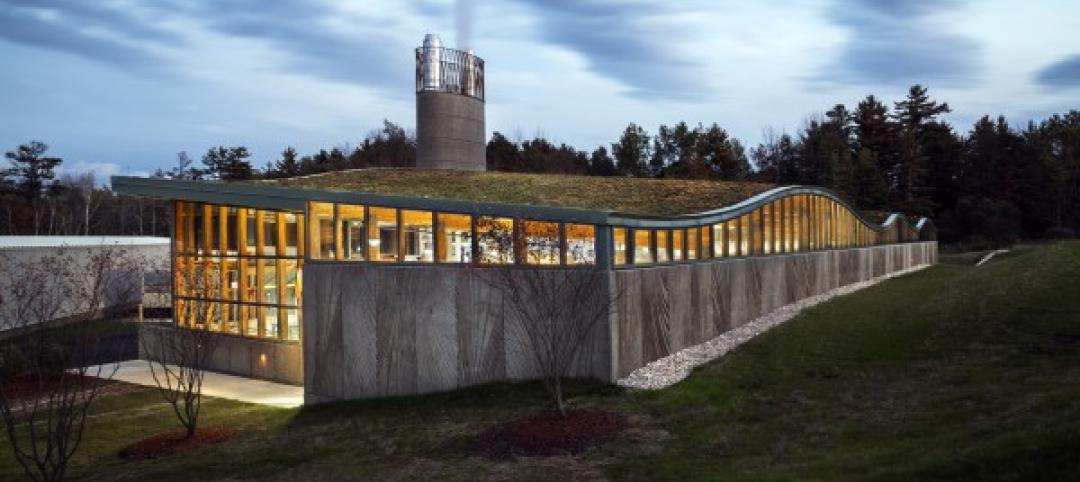The U.S. Environmental Protection Agency announced a plan for implementing a new label program to boost American production of more climate-friendly construction materials and products.
The label program will prioritize steel, glass, asphalt and concrete. The EPA will implement the program using a phased approach that all material categories will be able to follow “at a cadence that aligns with the material’s market maturity and data availability,” according to the agency.
The phases are:
- Phase I: Data Quality Improvement. Standardizing and improving the quality of data underlying and provided by EPDs.
- Phase II: Threshold Setting. Using robust EPDs, data, and other credible and representative industry benchmarks to determine thresholds for specific material categories and types.
- Phase III: Labeling Materials and Products. Labeling materials and products that meet EPA’s criteria.
The label program will offer a tiered rating system for construction materials and products. Thresholds will be informed by a public input process before being finalized and will be periodically reviewed and updated to encourage continuous improvement and help users meet sustainability objectives. The top threshold tier will be designed to help recognize and reward innovative efforts to achieve deep reductions in embodied carbon associated with these construction materials and products.
To earn the label, manufacturers will submit an EPD for their materials to demonstrate that they meet the eligibility criteria.
Related Stories
| Mar 21, 2014
Forget wood skyscrapers - Check out these stunning bamboo high-rise concepts [slideshow]
The Singapore Bamboo Skyscraper competition invited design teams to explore the possibilities of using bamboo as the dominant material in a high-rise project for the Singapore skyline.
| Mar 20, 2014
Common EIFS failures, and how to prevent them
Poor workmanship, impact damage, building movement, and incompatible or unsound substrate are among the major culprits of EIFS problems.
| Mar 20, 2014
13 dazzling wood building designs [slideshow]
From bold structural glulam designs to striking textured wall and ceiling schemes, these award-winning building projects showcase the design possibilities using wood.
| Mar 19, 2014
Federal agency gives thumbs up to tall wood buildings
USDA's support for wood projects includes training for AEC professionals and a wood high-rise design competition, to launch later this year.
| Mar 17, 2014
Rem Koolhaas explains China's plans for its 'ghost cities'
China's goal, according to Koolhaas, is to de-incentivize migration into already overcrowded cities.
| Mar 12, 2014
14 new ideas for doors and door hardware
From a high-tech classroom lockdown system to an impact-resistant wide-stile door line, BD+C editors present a collection of door and door hardware innovations.
| Mar 10, 2014
Meet Tally – the Revit app that calculates the environmental impact of building materials
Tally provides AEC professionals with insight into how materials-related decisions made during design influence a building’s overall ecological footprint.
| Mar 5, 2014
5 tile design trends for 2014
Beveled, geometric, and high-tech patterns are among the hot ceramic tile trends, say tile design experts.
| Mar 4, 2014
How EIFS came to America
Design experts from Hoffmann Architects offer a brief history of exterior insulation and finish systems in the U.S.
| Feb 27, 2014
12 facts about heat-treated glass: Why stronger isn’t always better
Glass is heat-treated for two reasons: the first is to increase its strength to resist external stresses such as wind and snow loads, or thermal loads caused by the sun’s energy. The second is to temper glass so that it meets safety glazing requirements defined by applicable codes or federal standards.

















